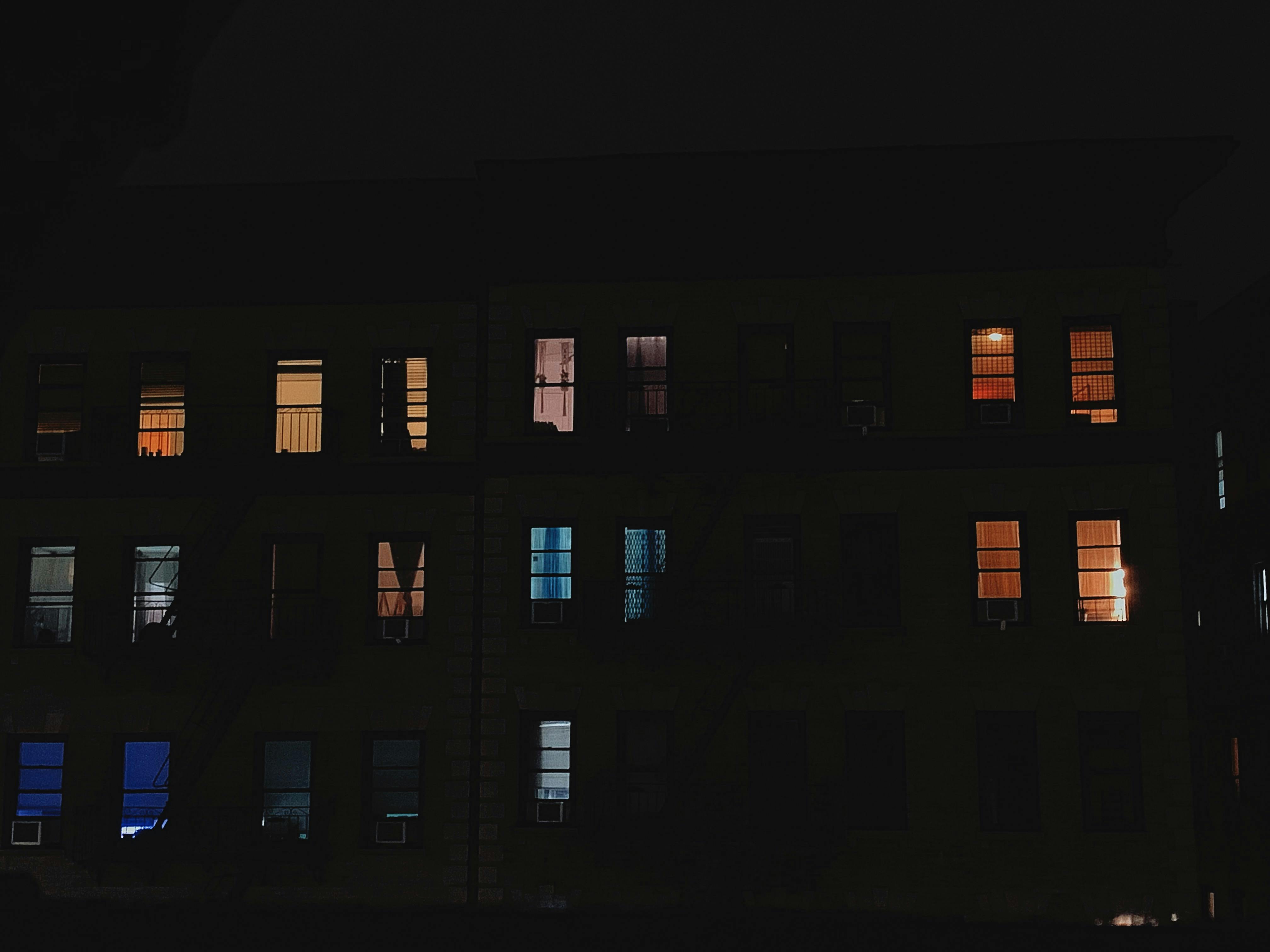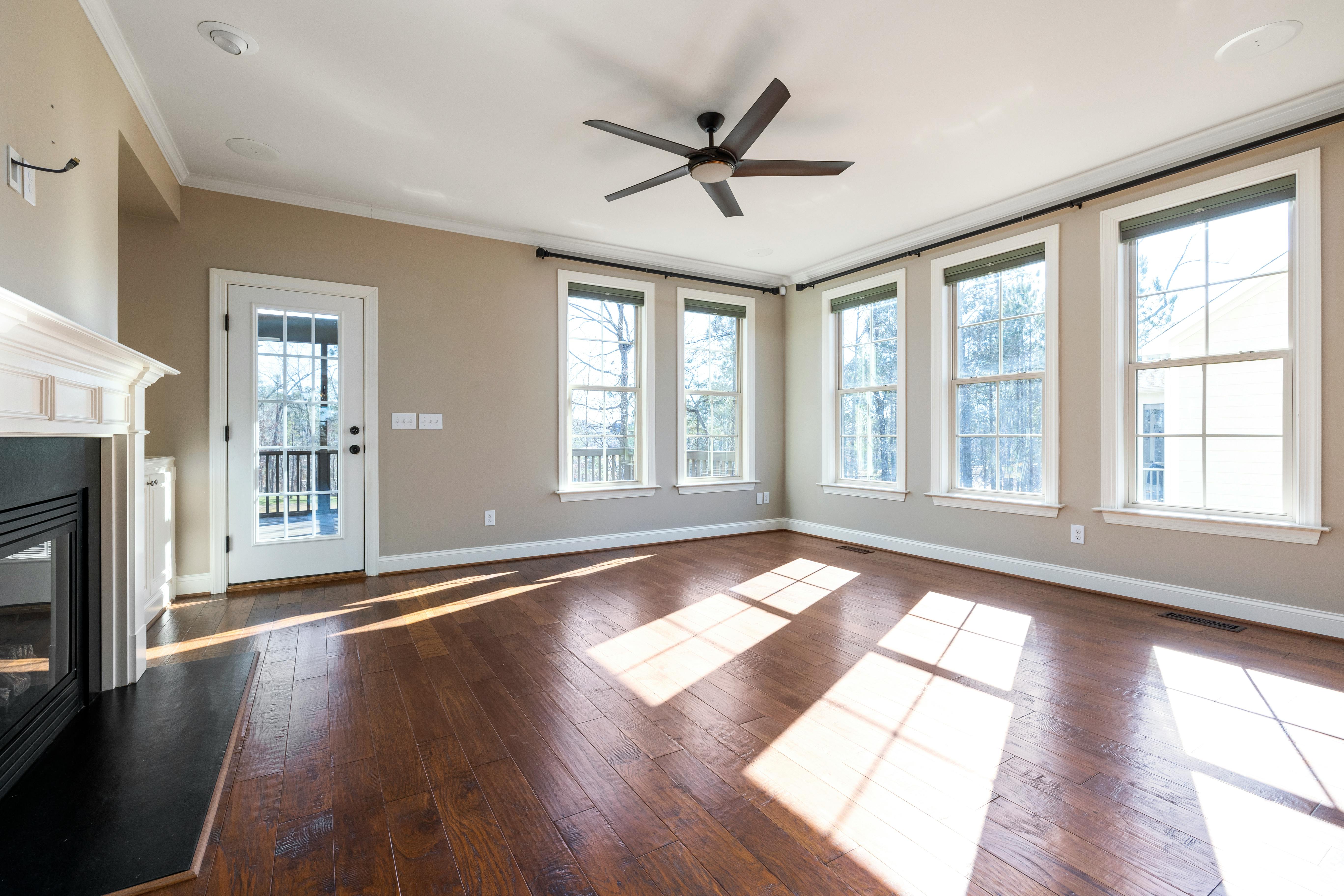A DIALOGUE WITH YOUR WORK
It is important for anyone starting an artistic career to have a direction towards their development and to keep that development alive. The very act of creativity can be blunted or sidetracked by an artist who presupposes future works. The dialogue an artist has with your work changes with each new piece. Each successive work provokes an adjustment of direction: a revelation, an inspiration that alters the creative path. It seems that creative work has a life of its own that grows and is nourished by communication with its creator.
AVOID BECOMING AN ASSEMBLY LINE
It is possible to work successfully, regardless of the changes that inspiration and innovation bring. This often happens when an artist finds a successful and profitable “niche” and repeats the same theme, style, and working techniques over and over again over a period of years. The market will always want the same or a similar product, to ensure reliable value. It is unfortunate, however, that many artists in this creative stagnation refuse to develop their full potential and remain forever tied to the intrinsic values of their work.
STAY IN TOUCH WITH WHAT’S HAPPENING
The “art scene” is competitive only for those who want it that way. As an artist develops a body of work, gaining insight into other artists’ work is not only a great way to share creative energy, but a relationship that keeps individual work vital. Being aware of what’s happening at galleries and events locally, nationally, and globally can inspire an emerging artist to move their creative work in a different direction, tackle different themes, and change an attitude toward personal artwork in relation to with the work of other artists.
PARTICIPATE IN THE RESOURCE BUFFET
There are many resources that can be helpful for artistic development, including: art magazines, local and national galleries, and online art newsletters and forums. This information should not be intimidating. An emerging artist is often at a fragile stage of development. Being defensive or discouraged from investigating the art world restricts personal perspectives. One should look at these resources as a buffet and choose the delicious bites that will nurture one’s creative growth. There is also a strength and great camaraderie in having relationships with other artists, exhibiting in group shows, becoming a member of a local cooperative gallery, and participating in auctions and art fairs. Each artist finds her own degree of involvement, be it commitment to a very social scene or minimal input from a local gallery or various friends.
FRESH EYES
Being able to view your work objectively from a distance and on a wall is a good way to start examining your artistic direction. Choose an area where you can get at least fifteen feet away from your work. Try to organize your work in some kind of order, for example, from oldest work to later work, groups of similar themes or stylistic changes, etc. Put everything: all sketches and studies on paper, all finished or partially finished canvases. All annotations and drawings related to your work. Additionally, other artists and friends can offer valuable perspectives on your work.
VITAL CHECKLIST
Below is a checklist of questions to ask yourself about your job. Do this periodically to keep in touch with your development.
What period of time does this body of work represent? (Was it all completed in a period of five months, a year?)
What did I learn between the first job and my last painting?
What jobs do I consider successful and why?
What jobs do I consider not very successful and why?
Which direction am I heading?
What do I want to achieve in the next three months?
Would you consider submitting my work for exhibition?
What can I do to make my work stronger and more effective?
Is there someone I would like to contact to see my work?
I recommend printing the questions and writing your answers after each question. Date the paper and keep it in a folder. Decide how often you will review your work and periodically ask and answer the questions (I think a review every month is adequate).
READY TO SHOW YOUR WORK?
Traditionally, paints have been judged by certain criteria, however today, the criteria is not as standardized. You may have discovered that galleries have their own criteria for accepting artists’ work based on resaleability within the gallery’s market. Large exhibitions and juried art shows often follow the guidelines of the judge, and depending on who it is, the guidelines can represent many different preferences and interpretations. Most galleries have their own guidelines for accepting or rejecting an artist’s work. For example, a gallery showing contemporary works may not want to consider the work of an artist doing traditional paintings. Also, a small local gallery will be more receptive to a wide range of works by local artists, while a prestigious city gallery will want well-known artists on its roster.
OVERVIEW OF “THE SCENE”
In hindsight, artists today are relatively free from the rules and regulations of the past regarding how a painting should look and how long it should last. The contemporary artist may be involved with multimedia or conceptual expression. Many creative venues today don’t even have a category, and as artists explore new frontiers of creativity, the judging criteria become more specific and, in many cases, applicable to a single work of art.
WIDE OPEN SPACES
If you are an experienced artist with many well-developed skills, working in your own studio with complete creative freedom is a dream come true. The limits of learning are broken and now a perspective of personal growth and progress opens before you. Do you revel in the cool wind of freedom blowing past you on this vast plain, or does the open space seem a bit daunting? Stop, for a moment. Listen to the silence and let it speak to you. Listen to the distant wind across the vast fertile plain of your creative mind, take in the fresh air and feed on it!



